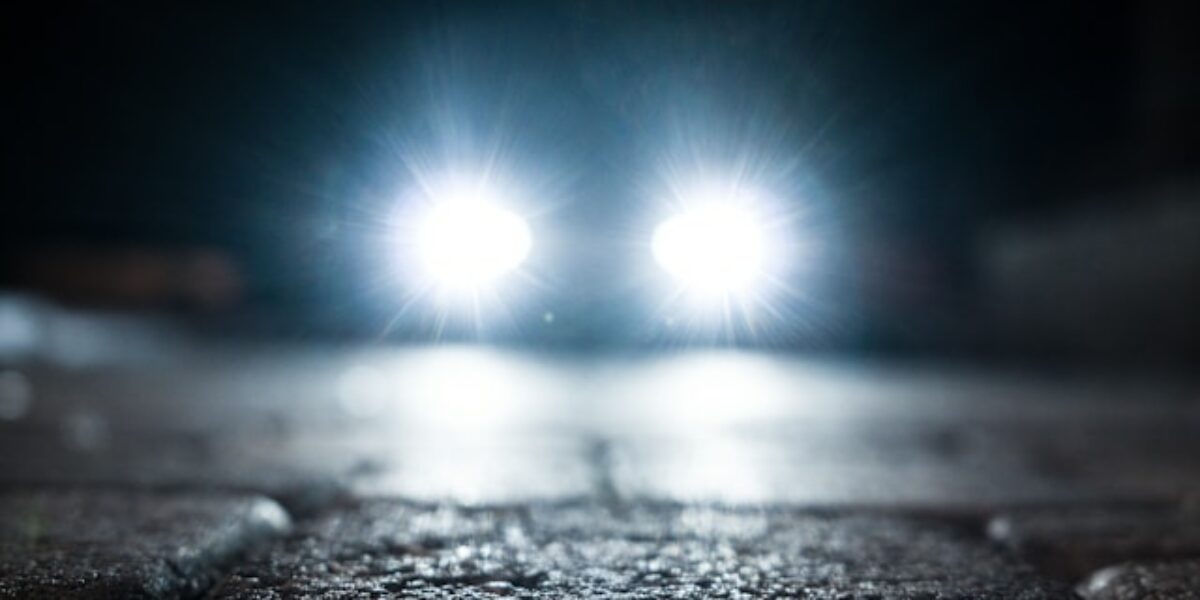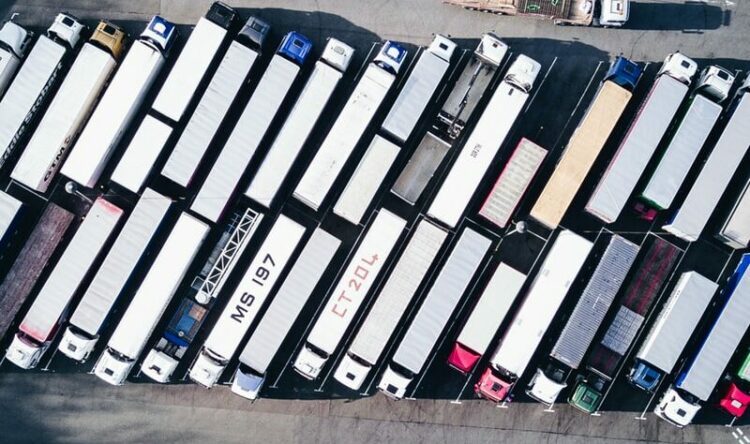Bright eyes
Modern car lights face further backlash from motorists
Drivers are calling for tighter rules on LED headlights.
The latest concerns about modern car lights comes after a survey by The RAC in January.
This new survey by The AA again raises concerns about their brightness levels and seeming lack of regulation on new style lights.
Balancing effects
There are calls for greater focus on their height, brightness and automatic levelling to protect other drivers.
Three quarters (76%) of drivers say they are being blinded by the headlights of oncoming vehicles. Meanwhile, half (52%) have been dazzled by headlights from cars behind them.
A quarter (26%) of drivers say they have been blinded by brake lights while sat in stationary traffic, while one in six (17%) say they have been dazzled by brake lights when moving.
Almost a third (31%) also said that they have been dazzled by modern LED traffic lights.
Light of life
According to official figures, since 2013 there have been an average of 280 collisions a year where dazzling headlights were a contributory factor.
Of these, six a year resulted in someone losing their life.
Last month, the RAC called for the Government to commission an independent study into the problem of headlight dazzle.
The AA also wants the Department for Transport (DfT) to investigate.
Going with the flow
“Being dazzled by headlights is something most drivers experience,” says Jack Cousens, head of roads policy for The AA. “But it seems that many drivers are now overwhelmed with bright lights.”
“Whether you are sat in a jam or in the flow of traffic, there’s a strong chance someone near you is in some discomfort with drivers struggling with bright brake and traffic lights.
“The effects and impact of LEDs across our road network, be it from vehicles or infrastructure, needs to be investigated by the Department for Transport and its agencies with recommendations made to protect road users.”
The height and increasing size of modern SUV style vehicles is being highlighted as one of the causes of the issue.
SUVs which have headlights positioned higher than ‘traditional’ saloon cars, says the AA. This means the headlight can shine straight into the windscreen and rear window of vehicles, whether the dipped beam is angled legally or not.
Another reason seen across vehicles and traffic lights is the transition from halogen bulbs to LED (light emitting diode) lights.
Tech effects
LEDs have become the illumination choice in all areas of life, including vehicles.
They last longer, use less power and are usually smaller than their counterparts, which enables vehicle manufacturers more flexibility when it comes to designing cars and vans.
More than half (56%) of the drivers questioned by the AA say that there should be tighter rules on LED headlights.
More than a third (35%) believe they should be a ‘warmer’ orange colour rather than the ‘brighter’ white colour currently used.
Two fifths (39%) of drivers also claimed that brake lights are brighter now than they used to be, while 27% say the design of brake lights on cars are often ‘more style over substance’.






